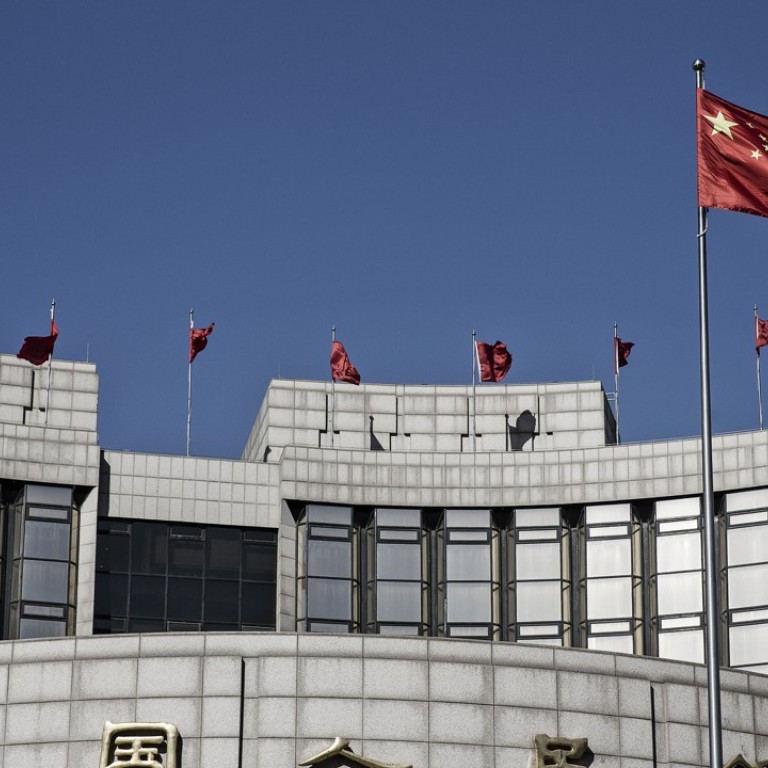
China’s central bank has further room to act in uncertain times
Decision to free up US$100 billion of liquidity day before Donald Trump implements extra tariffs is welcome, but small businesses must not lose out
Beijing’s decision to free up US$100 billion of bank liquidity for business lending will take effect one day before the first of US President Donald Trump’s additional tariffs on Chinese products is due to be implemented on July 6.
The central bank statement did not mention the trade row with the United States or even weaker economic indicators. It referred instead to a targeted operation aimed at supporting weak links in the economy, but the looming trade war with the US gives it a more immediate context.
The People’s Bank of China will cut the reserve requirement ratio – the share of deposits lenders must put aside with the central bank – by half a percentage point from July 5.
This will free up 500 billion yuan (HK$600 billion) in funds for the big banks to use in debt-for-equity swaps to help troubled state firms, and a further 200 billion yuan for other banks to lend to small businesses across the country.
Tumbling yuan points to tolerance for weakened currency in China
It is to be expected that Beijing’s concerns with economic weak links are exacerbated by the tariff issue. It’s just a guess which country will suffer the biggest job losses or be hurt economically the most in a Sino-US trade war.
Mainland officials believe tight control of economic and social life by the Communist Party will help counter any disadvantage to China from the flow of trade.
But there can be no question that if government bailouts are to be effective they have to be targeted at where they will do the most good and be safeguarded from fraud and corruption through a clear chain of accountability.
The reality is that despite the dominance of the mainland economy by state enterprises, well over half of GDP growth and more than 80 per cent of jobs are to be found in the private sector.
The government therefore needs to help the private sector, particularly those operating very small enterprises. Indeed, the central bank statement clearly states the need to lend money to micro businesses to help them survive.
Can China cut debt and maintain growth, or is it mission impossible?
China’s economic expansion has slowed sharply in recent months as the real economy reflects deleveraging under a scheme rolled out through the big banks to reduce debt levels at state companies.
They borrow from the banks and, if they cannot repay, swap debt for equity. However, big lenders have been running short of funding for the scheme and the liquidity injection is aimed at easing growing pressure on the real economy.
While the PBOC says the cut in the reserve requirement is not a change in its stance of a “neutral and prudent” monetary policy, some observers see it as significant at a time of deep uncertainty in the financial markets.
There is room for further cuts in the reserve requirement in coming months because the current ratio remains relatively higher than in many other countries.

